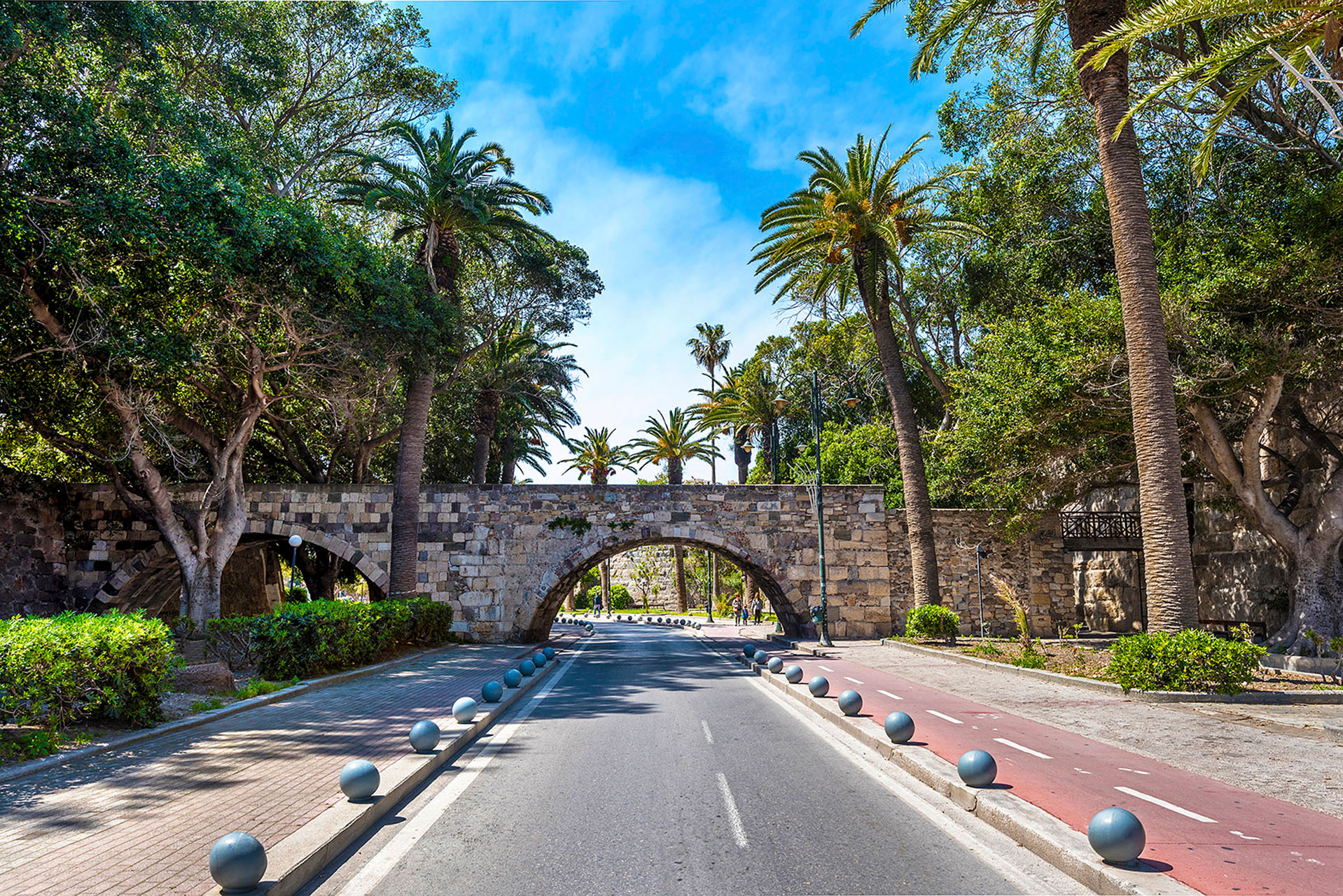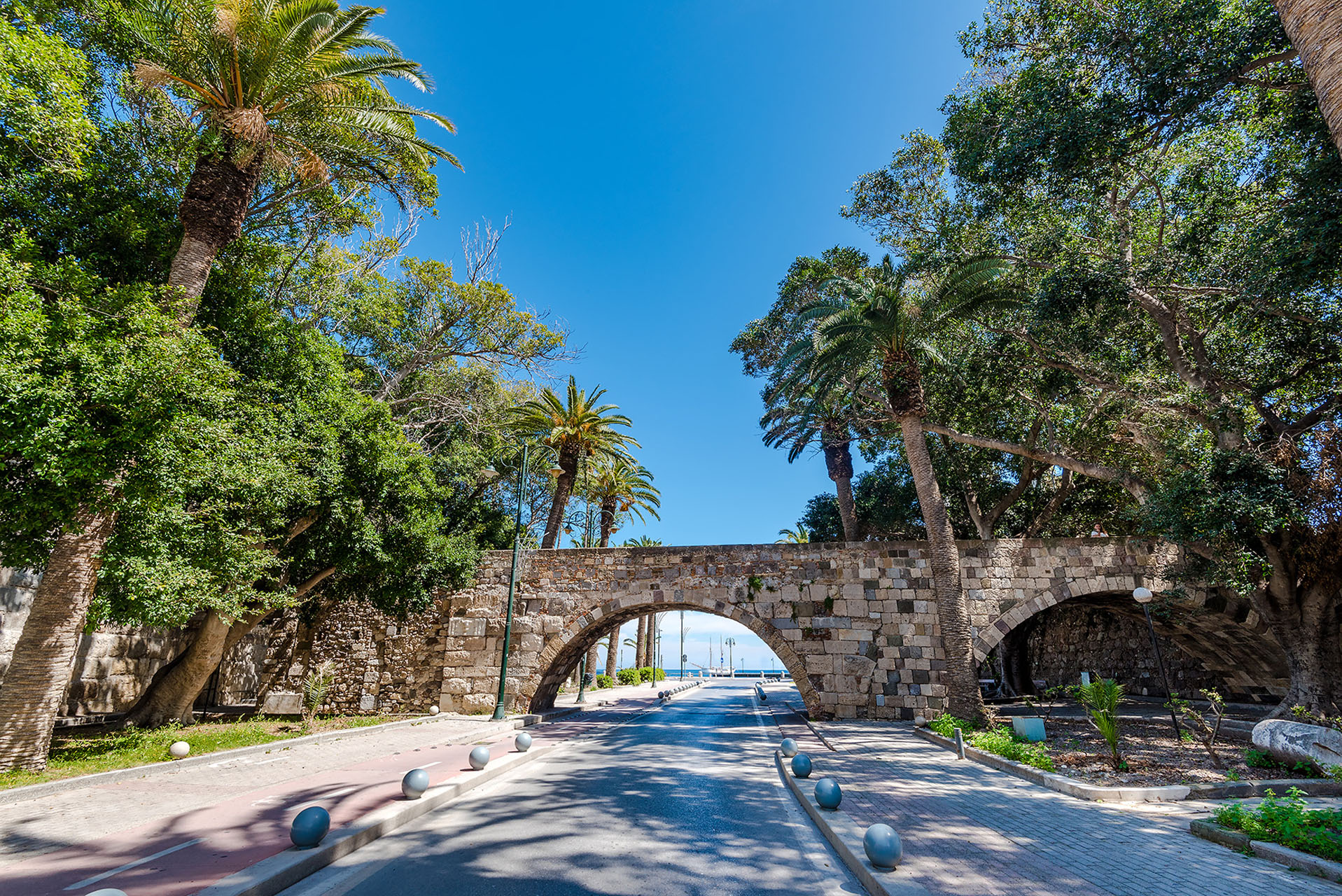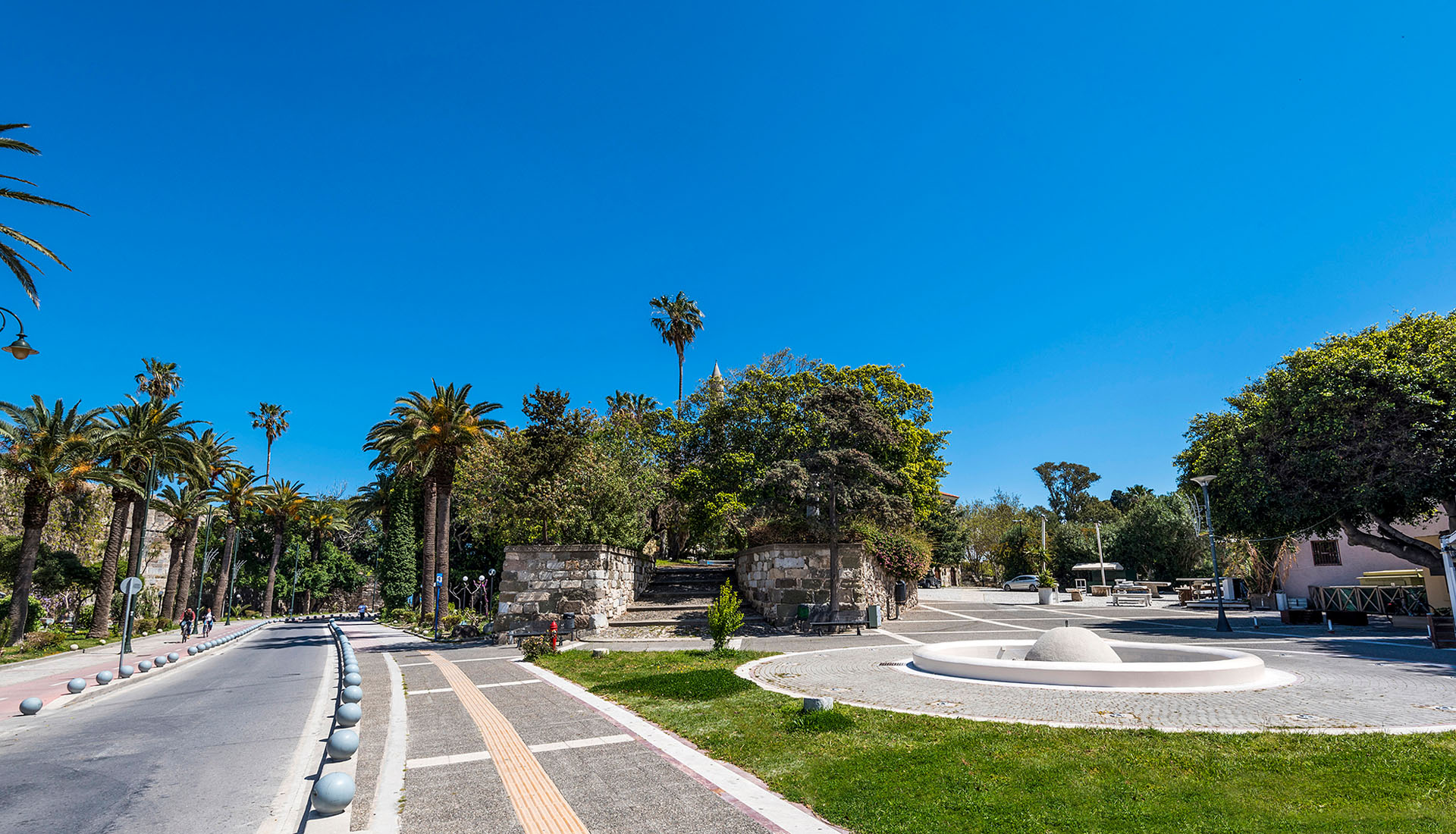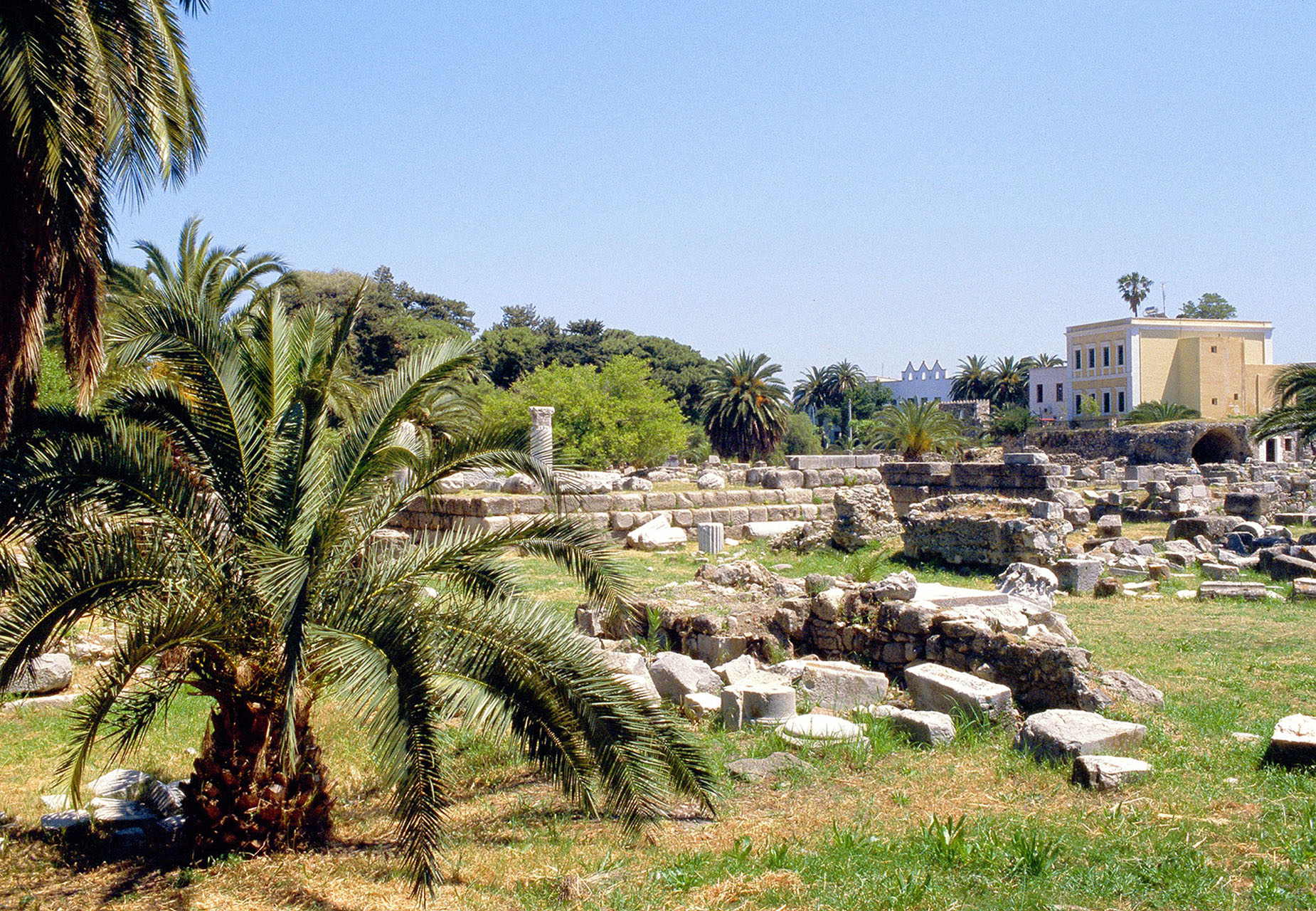The Island of Hippocrates
K O S
os, known as the 'Island of Hippocrates' since it is the birthplace of the father of medicine (460 BC), has a rich history of habitation from prehistoric times. Influenced by various cultures including the Minoan, Mycenaean, and Dorian, the island first came under Persian rule in 500 BC. It was liberated in 479 BC and subsequently became a member of the Athenian Alliance. Though the economy, navigation, commerce, and culture began flourishing in the 6th century BC, Kos reached its zenith in the 4th century BC.
During this period, the Asclepeion was founded. This institution, one of the most significant of ancient Greece, served as a center where literature, poetry, sports, art, and science were extensively cultivated and reached remarkably high levels.
Explore & Enjoy
K O S
os boasts a wealth of archaeological and cultural sites, set against a backdrop of stunning landscapes. In the capital city of Kos, visitors should not miss the extensive ancient ruins. Noteworthy too are the ruins of the Asclepeion, a site of major historical significance, and the Castle of the Knights, which majestically stands to the right of the port, guarding the city and capturing the attention of incoming visitors. Another remarkable sight is the immense plane-tree of Hippocrates, with a trunk diameter of 11.5 meters. According to legend, Hippocrates himself planted this tree, which is now about 2500 years old!
In the settlement of Antimachia, the Antimachiotiko House showcases the local architecture and is a must-visit. In Kefalos, the area is rich with attractions including the ruins of the ancient city, the Aspri Petra cave, and the remains of a Paleochristian Basilica adorned with splendid mosaics. Directly opposite, the small jewel-like island of Kastri features a quaint chapel. Throughout the island, numerous significant churches dating back to the 5th and 6th centuries AD can be found alongside numerous windmills. Additionally, the site of Pigi in Pyli offers a scenic spot with six springs near an ancient monument.









